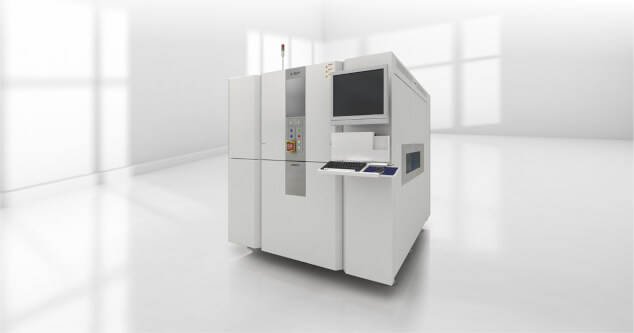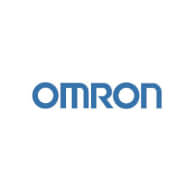Zero-defect philosophy helps resolve the world’s future issues
Published on 05 June, 2020 in Sustainable Manufacturing
Imagine the city center of a modern metropolis in 2030: a multitude of unmanned, electrically-powered vehicles driving swiftly and silently through the streets. These vehicles sense traffic lights and other road signs and make decisions using artificial intelligence. They avoid people, who unexpectedly cross their path. They detect and avoid dangerous situations before they occur. And they contribute to everyone’s health and safety. But what happens if the associated electrical systems fail? Omron is already addressing this problem today.
Many parts of the scenario above are already technically feasible today, and the technologies are already further than the draft legislation, insurance regulations and the social acceptance. Often the question of “residual risk”, or what happens in the event of system failures, remains unclear. And this uncertainty might slow down the adoption of e-Mobility solutions. It is vital to minimize residual risks. For this reason, Omron has developed the Zero-defect concept.
Zero-defect process for 100% inspection
Zero Defect is a process whereby all electrical assemblies and their associated components are individually and comprehensively inspected after they have been manufactured. Currently, many manufacturers still see 100% inspection of these systems is too time-consuming. Instead, random samples are manually inspected, and not surprisingly this results in some faulty components getting through.
In autonomous vehicles and in all the associated systems necessary for autonomous driving, more and more electronic safety components are being integrated. The number of components is becoming more and more extensive, from camera systems, sensor systems and wireless communication interfaces through to intelligent light systems and navigation aids. We are convinced, that a complete inspection process is needed, and we have been developing the necessary technology.
Fast and precise inspection systems
To ensure a complete inspection, the systems must work fast and reliably. And importantly, they must not slow down the production speed. That’s why in recent years Omron has focused its efforts in the fields of AOI (Automated Optical Inspection), SPI (Solder Paste Inspection) AXI (Automated X-ray Inspection), and AVI (Automatic Visual Inspection). Consequently, the beginning of 2019 saw the introduction of the new 3D-SPI VP-9000 system. It provides a switchover function for multiple optical resolutions, and as a result, it enables highly precise and fast 2-dimensional and 3-dimensional inspections.
Then in the spring of 2019 Omron introduced the VT-M121 AVI-System, the first ever 2D dimensional and visual inspection machine to detect scratches and cracks and high accuracy measurement to 8um with high repeatability on products. Based on the FH-Vision System and the Multi-Direction Multi-Colour (MDMC) light system, the VT-M121 performs a 100% inspection with a high degree of accuracy as well as a very high cycle time. Thanks to the integrated FH-Vision System, the VT-M121 can also detect slight colour differences or defects. Until now this was only possible with the human eye. This is achieved with an image processing system with various lighting patterns, with which the colours and illumination angle can be flexibly adapted. Other systems minimize the camera vibrations and as a result enable high-speed and high-precision inspections. As a result, inspection times can be shortened, as well as the performance of the inspection improved with a repeat accuracy of 10 um.
In addition to fast and precise inspection systems that enable a 100% inspection, a software environment is also needed that makes the collected data usable. Consequently, the software Q-upAuto warns of errors or deviations in real-time. For this the data of the inspection systems and the production data from all upstream production steps are compared and analyzed. Furthermore, the quality control and the improvement of the entire production process can be realized with the software Q-upNavi. For this, data from every step of the inspection process are linked, evaluated and graphically prepared.
Omron inspection systems as well as the associated software landscape can replace processes that were previously based on random sample inspections. With the complete automatic inspection, a zero-defect result can be achieved, which fulfils the requirement of the automotive industry for high quality and a high degree of reliability. This is necessary, especially with e-Mobility and unmanned systems.

Omron is the global leader of Automated Optical Inspection systems, with over 30 years of experience in Tier 1 manufacturing companies, utilizing its core technologies to the benefit of the Global Electronic Manufacturing Sector.
Read more about Omron Inspection System